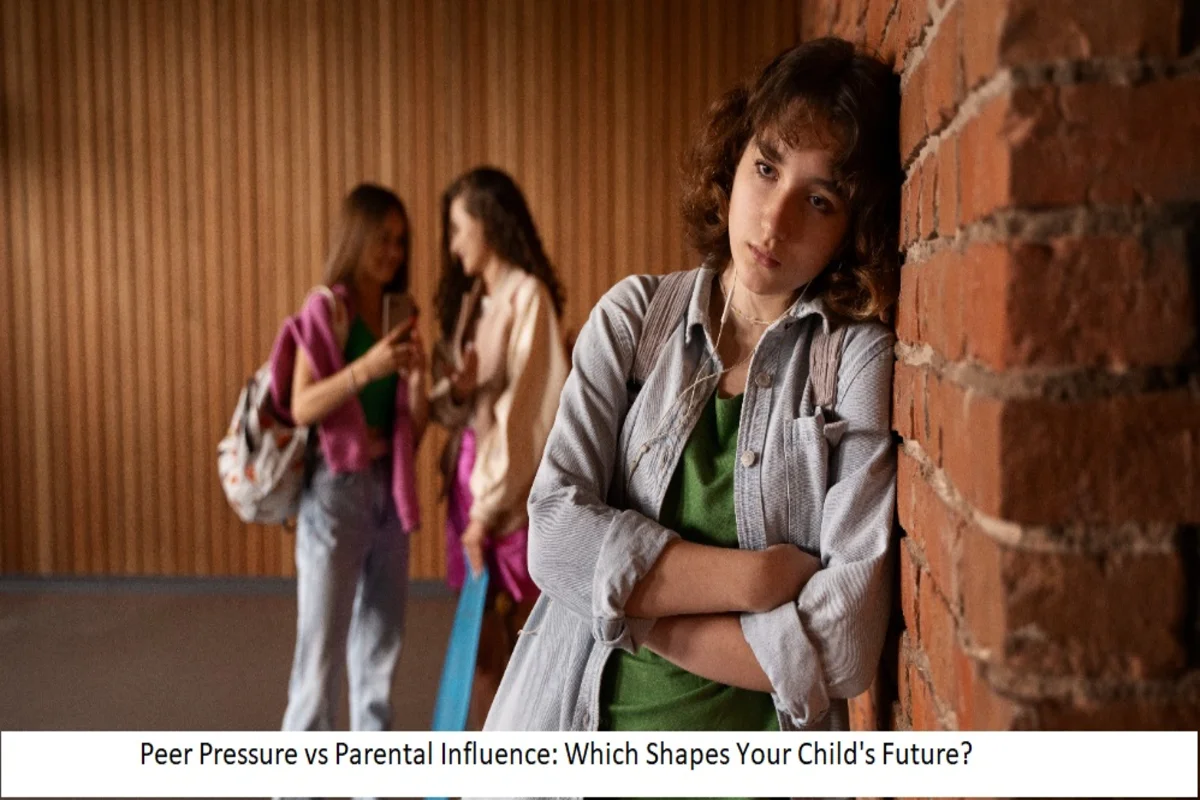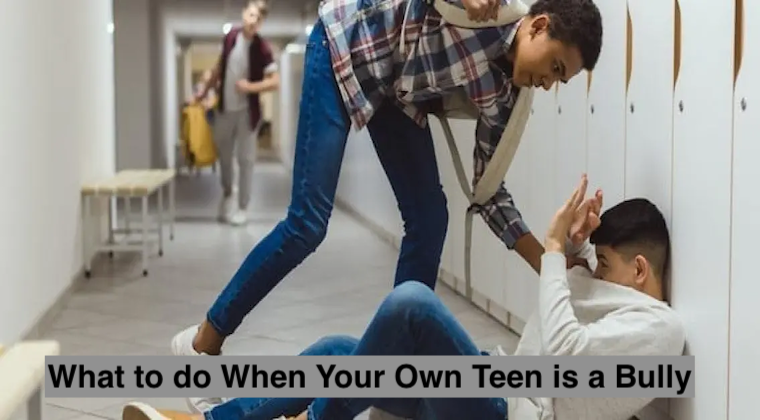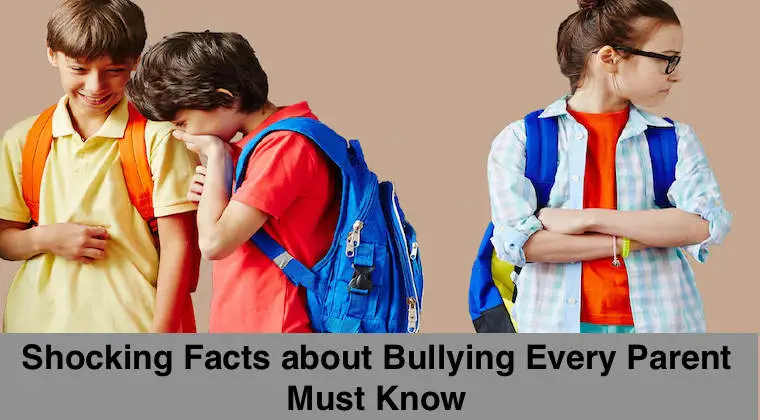As children grow and navigate the complexities of life, two significant forces compete to shape their values, behaviors, and decisions: peer pressure and parental influence. Both have profound impacts, but which one truly holds the key to your child’s choices? Let’s delve into this intriguing dynamic and explore how parents can strike the right balance to nurture well-rounded, confident children.
1. Understanding Peer Pressure
Peer pressure is the influence children experience from their social circles. It can be both positive and negative. Positive peer pressure might encourage a child to join a sports team or excel academically, while negative peer pressure could lead to risky behaviors like skipping school or experimenting with harmful substances.
Example: A teenager might feel pressured to follow their friends’ fashion trends to fit in, even if it conflicts with their family’s values.
2. The Power of Parental Influence
Parental influence begins from birth and sets the foundation for a child’s moral compass. Through guidance, discipline, and love, parents shape their children’s beliefs, attitudes, and decision-making abilities. Unlike peer pressure, which can be fleeting, parental influence has a lasting impact.
Example: A parent’s habit of reading every night might instill a lifelong love of books in their child, shaping their intellectual pursuits.
3. Who Has the Upper Hand?
The winner in this battle often depends on the child’s developmental stage and the situation. During adolescence, peer pressure tends to have a stronger influence as children seek acceptance and independence. However, a strong parental foundation can mitigate negative peer influences.
Key Insight: Research shows that children who have open communication with their parents are less likely to succumb to negative peer pressure. For more tips on how parents can support kids in dealing with peer pressure, refer to How Parents Can Support Kids in Dealing with Peer Pressure.
4. Striking the Right Balance
Parents and peers don’t have to compete; instead, they can complement each other. Here are some strategies:
- Build Trust Early: Establish a strong parent-child relationship by being approachable and supportive.
- Encourage Positive Peer Relationships: Help your child identify friends who share similar values and goals.
- Teach Critical Thinking: Equip your child with the skills to evaluate the pros and cons of their choices.
- Lead by Example: Demonstrate the behaviors and values you wish to instill in your child.
5. Real-Life Example: Balancing Influence
Consider a 13-year-old who wants to attend a party where there might be underage drinking. A parent who has built trust can have an open conversation about the risks, while the child’s positive peer group might also discourage risky behaviors. Together, these influences guide the child toward making a wise decision.
6. The Role of Childcare in Shaping Influence
Childcare providers also play a role in balancing peer and parental influence. As discussed in How to Create a Safe and Stimulating Environment for Your Child, an environment that promotes positive peer interactions and reinforces parental values can enhance a child’s overall development.
7. The Global Perspective on Influence
Cultural differences significantly affect the balance of peer pressure and parental influence:
- In Asian cultures, family influence often dominates, with children prioritizing parental expectations over peer dynamics.
- In Western cultures, there is greater emphasis on individuality, making peer influence more prominent during adolescence.
- In African cultures, community influence, including peers and extended family, often complements parental guidance.
8. How to Strengthen Parental Influence
Here are actionable tips to ensure your influence remains strong:
- Be Present: Quality time is crucial. Engage in meaningful conversations and activities with your child.
- Set Boundaries: Clearly define rules and consequences, while allowing room for independence.
- Celebrate Achievements: Acknowledge your child’s efforts and successes to build their confidence.
- Stay Informed: Keep up with your child’s interests, friends, and activities to stay connected.
9. The Long-Term Impact
The combined influence of parents and peers shapes a child’s identity and decision-making skills. Positive parental influence builds resilience, helping children make independent choices even in the face of negative peer pressure. Similarly, positive peer groups reinforce the values instilled by parents, creating a well-rounded individual.
Final Thoughts
Peer pressure and parental influence are not adversaries; they are complementary forces that shape your child’s future. By fostering open communication, encouraging positive peer relationships, and leading by example, parents can ensure their influence remains a guiding force in their child’s life. Remember, the ultimate goal is to raise confident, independent thinkers who can navigate the challenges of life with wisdom and grace.
For more insights on supporting children’s growth, explore related topics like How to Create a Safe and Stimulating Environment for Your Child and How Parents Can Support Kids in Dealing with Peer Pressure. Together, these strategies equip parents with the tools to win the ultimate battle for their child’s well-being.










